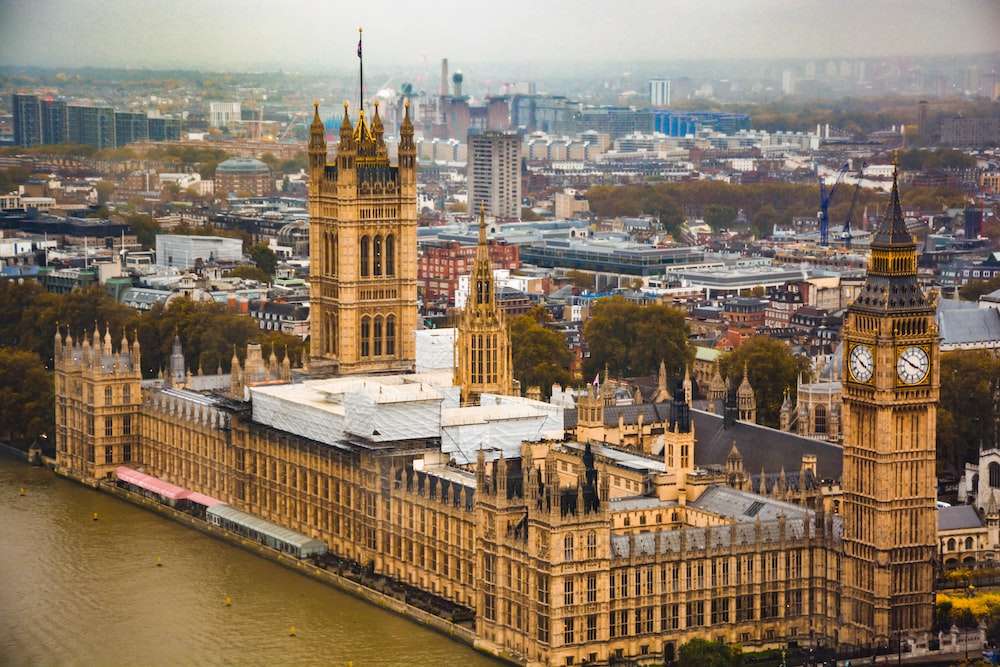29 March 2019 is fast approaching and there is still no decision or agreement between the EU and UK regarding the customs union. Similarly there is no decision of what the status of goods currently in free circulation in the EU/UK will be after 29 March 2019. It is therefore natural for aircraft owners to wonder what will happen to their aircraft’s circulation status after Brexit.
Speculation is rife, and the possibilities become more colourful with every coffee meeting, conference attendance and panel presentation. Possible outcomes of Brexit for aircraft range from the hopeful: ‘grandfathering’ (anything imported prior to Brexit will retain its importation status after Brexit), to, the perilous: importation status of the aircraft becoming dependent on its physical location at the moment of Brexit.
The truth is that nobody knows what will happen and there is no clear legal sign of what the outcome will be.
To try and narrow down the possible outcomes of Brexit (and therefore the solutions available for aircraft owners and operators) it is important to try and discount moveable outcomes such as a ‘soft’ or even ‘medium rare’ Brexit. Therefore, the two easiest outcomes to discuss coherently are those at each end of the Brexit spectrum (1) the UK does not leave the EU, and (2) the UK leaves with no deal and is outside the EU customs union as a third country.
Without great detail, if the UK remains within the EU nothing will change from a free circulation status perspective. However, as a result of speculation regarding possible outcomes of Brexit aircraft owners will need to quickly consider proper and efficient importation of their aircraft if they have put their aircraft transactions on hold. Moreover, many businesses have re-located their offices and officers as a result of Brexit speculation and, therefore, may need to reassess their tax advice regarding aircraft use.
In the most extreme version of Brexit, the UK will be out of the customs union and aircraft/goods imported into the EU via the UK or Isle of Man will no longer be considered in free circulation in the remainder of the EU (and vice versa). In these circumstances aircraft owners will need to consider the options available to them carefully, however, it may not be all bad news…
The first action that aircraft owners should take is to assess their current aircraft use and flight patterns – i.e. where do they fly to on a regular basis? It will be important for residents in post Brexit Europe and in the UK to determine how much flying they actually do into and within the EU and UK, how regularly they do it and whether that flying is on a business or personal pleasure use basis. This information will lead to a discussion regarding the aircraft owner’s EU or UK footprint and therefore what solutions may present themselves when considering the owner’s other business and personal affairs.
The best advice we can give aircraft owners and aviation professionals is that until a decision by the UK and EU is made regarding Brexit (even if that is there is no deal on the table) it will not be possible to predict with any certainty an aircraft’s free circulation status in the post Brexit world. Furthermore, that uncertainty is not a totally gloomy prospect and may provide opportunities (such as temporary admission) that were not previously available. At this stage all we can really do is look at options and get ready to act once a definitive decision is made.
The second best advice we can give is that, if you are made aware of someone providing concrete post Brexit advice or a ‘guaranteed solutions’ they are a likely a time traveller or a wizard. We strongly suggest you ask for the advice and solution to be verified by a tax or legal specialist in writing as predicting the future is an art fraught with risk.



